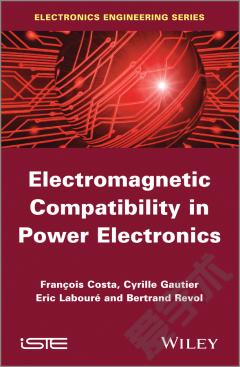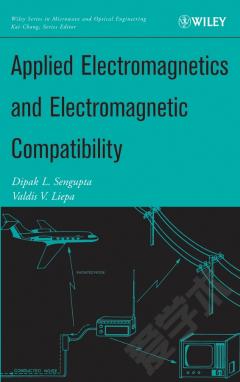Electromagnetic Compatibility Engineering
Praise for Noise Reduction Techniques IN electronic systems "Henry Ott has literally 'written the book' on the subject of EMC. . . . He not only knows the subject, but has the rare ability to communicate that knowledge to others." EE Times Electromagnetic Compatibility Engineering is a completely revised, expanded, and updated version of Henry Ott's popular book Noise Reduction Techniques in Electronic Systems. It reflects the most recent developments in the field of electromagnetic compatibility (EMC) and noise reductionand their practical applications to the design of analog and digital circuits in computer, home entertainment, medical, telecom, industrial process control, and automotive equipment, as well as military and aerospace systems. While maintaining and updating the core informationsuch as cabling, grounding, filtering, shielding, digital circuit grounding and layout, and ESDthat made the previous book such a wide success, this new book includes additional coverage of: Equipment/systems grounding Switching power supplies and variable-speed motor drives Digital circuit power distribution and decoupling PCB layout and stack-up Mixed-signal PCB layout RF and transient immunity Power line disturbances Precompliance EMC measurements New appendices on dipole antennae, the theory of partial inductance, and the ten most common EMC problems The concepts presented are applicable to analog and digital circuits operating from below audio frequencies to those in the GHz range. Throughout the book, an emphasis is placed on cost-effective EMC designs, with the amount and complexity of mathematics kept to the strictest minimum. Complemented with over 250 problems with answers, Electromagnetic Compatibility Engineering equips readers with the knowledge needed to design electronic equipment that is compatible with the electromagnetic environment and compliant with national and international EMC regulations. It is an essential resource for practicing engineers who face EMC and regulatory compliance issues and an ideal textbook for EE courses at the advanced undergraduate and graduate levels.
{{comment.content}}








 京公网安备 11010802027623号
京公网安备 11010802027623号